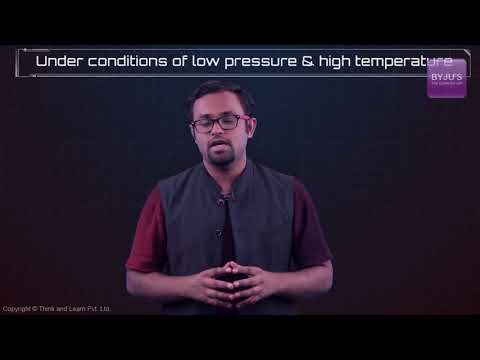Ultraviolet light is a type of electromagnetic radiation with a wavelength shorter than that of visible light. It is invisible to humans and most other life forms. The UV index measures the intensity of UV light at any given time and location.
Ultraviolet radiation causes sunburns, skin cancer, cataracts, and other harmful effects on the human body. It also causes damage to plants and marine life.
Read more: UV Light
Important UV Light Questions with Answers
1. The wavelength of UV light is between ________.
- 4 × 10–7 m (400 nm) down to 6 × 10–10 m (0.6 nm)
- 2 × 10–7 m (200 nm) down to 4 × 10–10 m (0.4 nm)
- 1 × 10–7 m (100 nm) down to 2 × 10–10 m (0.2 nm)
- None of the above
Answer: a. 4 × 10–7 m (400 nm) down to 6 × 10–10 m (0.6 nm)
Explanation: The frequency of ultraviolet rays ranges between 4 × 10–7 m (400 nm) down to 6 × 10–10 m (0.6 nm).
2. Ultraviolet light is longer than visible light.
- True
- False
Answer: a. False
Explanation: Ultraviolet light is shorter than visible light and longer than X-rays.
3. What are the types of UV rays?
The three types of UV rays are:
- Ultraviolet A (UVA)
- Ultraviolet B (UVB)
- Ultraviolet C (UVC)
4. Define Ultraviolet-visible (UV-VIS) spectroscopy.
Ultraviolet-visible (UV-VIS) spectroscopy is an analytical method to measure the analyte quantity depending on the amount of light received.
5. Are UV rays used to sterilise surgical equipment?
- YES
- NO
Answer: a. YES
Explanation: Hospitals use UV lamps to sterilise surgical equipment.
6. UVA causes ______.
- Hyperopia
- Myopia
- Melanoma
- Hypermetropia
Answer: c. Melanoma
Explanation: UVA is the main cause of skin cancer, known as melanoma.
7. Which type of UV rays usually does not reach the Earth?
- Ultraviolet A (UVA)
- Ultraviolet B (UVB)
- Ultraviolet C (UVC)
- None of the options
Answer: c. Ultraviolet C (UVC)
Explanation: Ultraviolet C (UVC) does not reach the Earth. UVC is absorbed by the atmospheric ozone, nitrogen, and oxygen and the rest are scattered.
8. Name three sources of ultraviolet rays.
Three sources of ultraviolet rays are black lights, mercury lamps and tanning lights.
9. Exposure to UV rays causes premature skin ageing.
- True
- False
Answer: a. True
Explanation: Exposure to UV rays causes wrinkles, premature skin ageing, solar elastosis and actinic keratosis.
10. For the production of D-vitamin, ______ wavelengths are stimulated.
- 200-270 nm
- 20-200 nm
- 20-180 nm
- 270-300 nm
Answer: d. 270-300 nm.
Explanation: For the production of vitamin D, 270-300 nm wavelengths are stimulated.
Watch the video below to understand the characteristics of UV radiations.

Practice Questions
- What is chromatography?
- Explain in brief the ultraviolet radiation.
- List three applications of UV rays.
- Explain how sunglasses work.
- Are UV rays used in the purification of water?
Stay tuned to BYJU’S for more interesting concept-wise question pages and FALL IN LOVE WITH LEARNING!